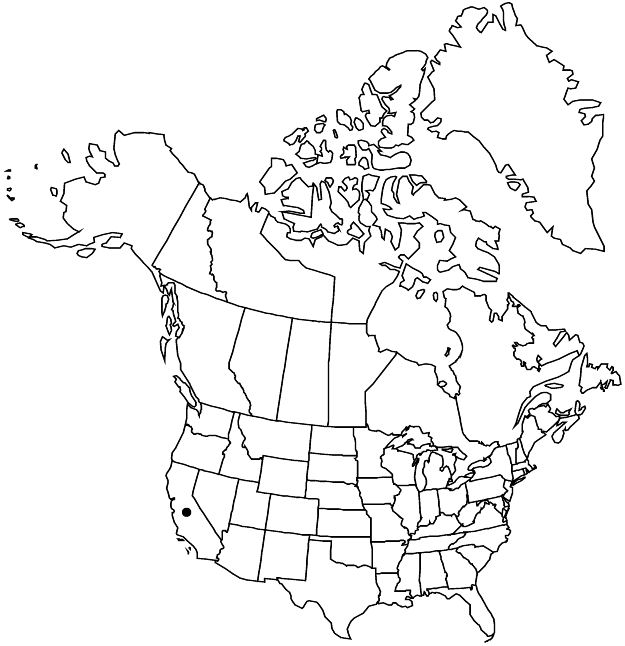Horkelia cuneata var. cuneata
Plants ± green; eglandular hairs moderately abundant, spreading to ascending, glandular-hairs usually evident. Stems ascending to erect, (1–) 2–5 dm. Leaflets 5–12 per side, elliptic to obovate or oblanceolate, 5–15 mm, distinctly pinnately veined. Inflorescences ± open; most flowers arranged in glomerules. Pedicels 1–5 mm, proximalmost to 15 mm. Flowers: hypanthium interior rim ± pilose; petals oblanceolate, 2.5–3.5 mm wide; filaments 1.5–3 × 0.5–1 mm. 2n = 28.
Phenology: Flowering spring–summer.
Habitat: Coastal sand dunes and hills, coastal scrub communities
Elevation: 0–400 m
Discussion
Most extant populations of Horkelia cuneata are referable to var. cuneata or intermediates between it and the other two varieties, with the greatest concentrations around Monterey Bay and from Morro Bay to Santa Barbara. At its most distinctive, var. cuneata occurs from Santa Cruz to Los Angeles counties, often sharing habitat with var. sericea though also occurring somewhat more inland, but not as far inland as var. puberula. Although not as endangered as the extremes, unequivocal var. cuneata is far from abundant and shares some of the same threats to its prime coastal habitat.
Selected References
None.
Lower Taxa
"thin" is not a number."/3lengthofsepals" is not declared as a valid unit of measurement for this property."wide" is not a number."dm" is not declared as a valid unit of measurement for this property."dm" is not declared as a valid unit of measurement for this property."dm" is not declared as a valid unit of measurement for this property.
